Google Display Network -The Ultimate Guide
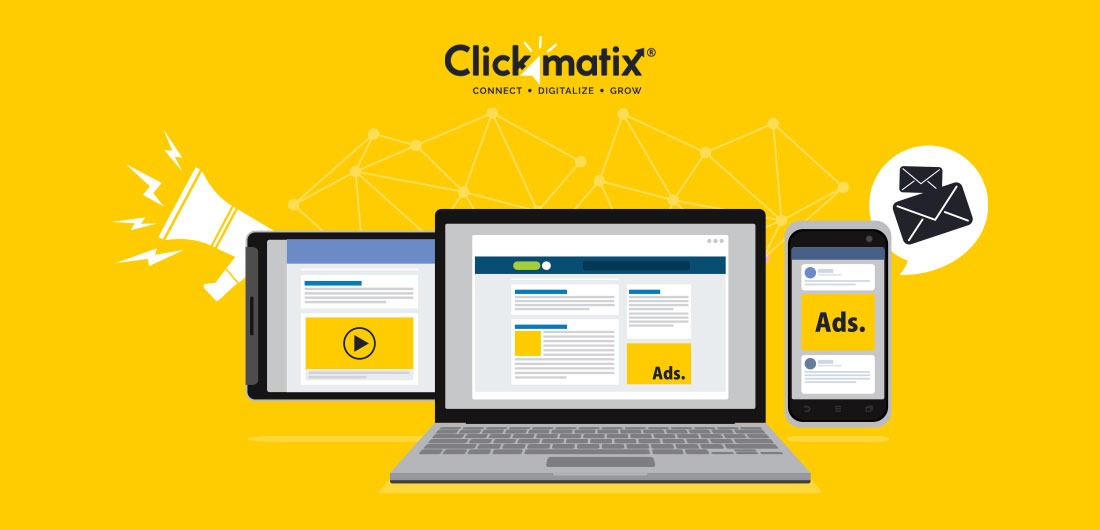
Let’s jump back to the time before the Internet. When you needed something, you turned to the Yellow Pages or classified pages of the local newspaper. It was called the Search of ancient times. And ads showing up on these platforms are similar to search ads.
On the other hand, there were magazines and TV. Instead of searching, you scroll through them – in fact, you still do. Ads appearing on these platforms are like display ads. They promote something you may like and pop up in places you already are hanging around. And if these ads catch you at the right moment, soon, you will be on your way to completing the purchase. That’s the power of the Google Display Network (GDN).
Rather than waiting for the customers to come looking for you, GDN allows you to reach out to users where they are with the ads they are interested in. It’s the #1 display advertising network, reaching over 90% of global internet users.
Want to know how?
In this detailed guide, we’ll cover everything from what is Google Display Network to how to create your first Google Display Network campaigns and how to boost your ad performance and expand your reach.
Let’s dive right in.
What is Google Display Network?
The Google Display Network (GDN) is a group of over 2 million websites, videos, and apps where your Google ads can show up. Google display ads help you reach people as they browse through millions of websites, articles, videos, and Google-owned properties like YouTube, Gmail, Blogger, Google Finance, etc.
While there are different types of Google display Ads, the most common one you would recognise first is a banner ad. It is typically either a static image, animated image like GIF, or video, appearing at the top, bottom, or side of the webpage.
You may also notice display ads in between the content like this:
When you use Google Display Network, your ads show up in various locations depending upon how you target your display ad campaign, who you choose to show your ads to, and the type of ads you generate.
These are the common places where your Google display ads may appear and who will see them:
- On Google and other search sites: Standard display ads may show up above or below Google search results. They may also appear beside, above, or even below the results pages on Google Maps (including the Maps app), Google Play, and the Shopping tab.
- On Google search partners: Your text ads may appear on non-Google websites—websites that partner with Google to show ads and free product listings—extending the reach of Google Search ads towards YouTube and other sites.
- On websites where your users browse: You can choose to show your Google display ads to users as they wander around the web. If you’ve ever seen an ad (of the product you were browsing) on your favourite website or Gmail, make sure these sites are partners of the Google Display Network.
- On various devices: Display ads pop up on mobile devices or tablets when users are visiting the websites and mobile apps on the go.
- In certain areas or languages: You can choose to show your Google display ads to targeted audiences speaking different languages and living in specific nations or regions.
Why Should You Use Google Display Network?
Google Display Network (GDN)—the collection of websites ranging from blogs to news sites and even YouTube—allows you to go beyond search engines and place your Google ads across the web.
When users explore the sites on the GDN, they may not be in shopping mode. Instead, they are performing their daily internet activities like watching videos or reading blog posts. Google display advertising allows you to reach where users are and attract their attention through your enticing ads.
Let’s say you sell jewellery. A user looking for a ring to propose to his girlfriend spent some time on your website. With the help of GDN, you can create engagement ring ads and let them follow the user as he continues browsing through the web. When he is ready, he will plunge into your ad and complete the purchase.
Hence, Google display advertising you an ideal way to promote brand awareness, expand your online presence, and broaden your fan base.
How Does Google Display Ads Differ from Search Ads?
Google AdWords is divided into two networks: the Search Network and the Display Network. Search Network allows you to place text ads in the search engine results. With Display Network, your Google ads appear across a massive network of websites all over the internet.
Search ads appear at the top of the search engine results pages (SERPs), while Google display ads appear everywhere (across the entire GDN).
The key difference between the two is: that search ads appear in front of those who are already searching for your product or service, and Google display ads pop up based on various targeting parameters (more on that later).
The Search Network keeps you limited to one location, i.e., the SERPs, while the display network opens the floodgates of various sites to show your ads.
Google emphasizes setting up both search and display advertising networks to maximize your reach. However, the key to advertisement is getting your product or service in front of the target audience. Since the GDN has a vast network, it offers you many opportunities to connect with your ideal customers.
Advantages of the Google Display Ads
Google Search Network may be the option to capture users’ attention, but what if people don’t know about your products or services? These people won’t search for you, let alone click your Google ads. This is where the Display network has an added advantage: to spread brand awareness. Let’s start with this single unique point, followed by other advantages of Google Display Advertising:
-
Build brand awareness
Users browsing websites and seeing Google display ads are still in the discovery or awareness stage. They are searching for the available options to solve their problems or fulfil their needs. You can refer to your products or services as a solution through display ads. This way, you will cultivate the feeling of wants and needs while increasing demand for your offerings.

Get weekly insights for revenue-shifting results
Sign up for our newsletter and be the first one to know about our exclusive offers, digital marketing news and updates.
|
|
Thank you for Signing Up |


-
Promote visual products or services
Another key advantage of display advertising is, that, unlike search ads, you can add images and videos. This is great for promoting products relying heavily on visual demonstrations like apparel, travel packages, adventure, entertainment, home decor, etc.
-
Ideal for a longer sales cycle
Since users are still at the awareness stage, they require weeks or even months before considering a purchase. Display ads keep your products or services on top of their mind when the final time to purchase comes. Hence, Google display ads are an ideal choice for products with a longer sales funnel. For instance, if a user wants to buy an automobile, your display ads will put your product in front each time they visit a GDN website.
-
Reach niche markets
Part of the reason display advertising boosts brand awareness is that it shows on sites where prospects are already spending their time. Google Ads Sydney matches web pages with your keywords and ads to bring relevant ads in front of the custom affinity audiences. For instance, by placing an ad for Publish your Recorded Webinar next to an Entrepreneur article about preparing to meet with investors, the ad is likely to appear in front of people who may take an interest in turning their meeting into a webinar.
-
Target specific regions or languages
Display ads allow you to target prospects speaking different languages or belonging to entirely different nations. For instance, you can set up an advertisement campaign targeting France and choose keywords in the French language.
-
Leverage flexibility
Google ads allow you to upload numerous resources like headlines, images, logos, videos, etc. You don’t need to worry about formatting, as display ads automatically adapt in any size and style to fit the ad space. For instance, your display ads may appear as banner advertising on one site and as text ads on another.
-
Reduce Cost Per Click (CPC)
As per WordStream, the average CPC of a display ad is $0.63, while the average CPC of a search network ad is $2.69—four times greater. GDN helps you narrow down your audience and save your clicks. For instance, you can eliminate “men” if you want to target “women” only. This way, you can target a highly relevant audience, eliminate irrelevant users, and ultimately reduce your CPC.
Now that we’ve broken down the benefits of the Google display network, let’s dive into the juicy stuff of how it works.
How Does the Google Display Network Work?
Google Display Network comes with different targeting options and ad types to help you place your Google ads in front of the targeted audience on highly relevant content pages. You can choose when and where to show your ads based on the attributes of your ideal audience, such as age, gender, personal interests, parental status, etc.
For instance, you run a real estate agency, and your prospects, aged between 25 to 45 years, are searching for homes for sale. You can show your display ads to people exploring real estate listing websites (i.e., reach the right audience at the right time and place).
Let’s see how Google displays ads do it.
Targeting options on Google’s Display Network
GDN has various targeting options enabling you to maximise the reach of your display network campaigns. Let’s go through some of them:
-
Affinity Audiences
Affinity audiences are a group of users directly interested in your ad offers. For instance, if you run a jazz concert, your ad targets jazz music lovers. Here, you can narrow down your audiences to reach people who are most likely to need your products.
-
In-Market Audiences
In-market audiences are people browsing in the same market where you offer products or services. For example, if you sell flowers, someone searching for “flowers”’ and visiting flower websites in February could be identified as your in-market for Valentine’s Day gifts. This targeting option is categorised based on the users’ search history, clicks, and previous conversions on other websites.
-
Custom Intent Audiences
Custom intent audiences are people targeted based on contextual connections. Here, you have to enter keywords, websites, and apps that may interest your ideal customers. Google will review your information and show your ads to people using similar keywords or visiting websites and apps matching your list. For instance, if you sell shaker bottles, your display ad may appear on a webpage covering “post-workout drinks” keywords.
-
Placement Targeting
Placement targeting allows you to choose websites or pages within GDN where you want to show your ad. It’s the most direct way to target the website. However, you must be confident that your target audiences will surely visit the selected websites for a successful campaign.
-
Demographic Targeting
Demographic targeting refers to targeting audiences based on their demographics like age, gender, language, household income, etc. You can also exclude users who don’t fit your criteria. For instance, if your ad is about toddlers, you can exclude kids aged 3 or more. You can combine demographic targeting with other targeting options to create a focused pool of users and boost campaign results.
-
Topic Targeting
Topic targeting enables you to target all sites and pages with a specific topic. For instance, a company selling fishing rods and tackle boxes can target websites covering fishing topics and have fishing enthusiasts as their visitors.
-
Contextual Targeting
Contextual targeting is about targeting the content of a webpage your audience is interested in. For instance, if you’re a psychologist and want to get in front of people under stress, you can target a web page with “stress relief” as a primary topic. Here, you need to create a list of keywords, and Google will show ads on pages matching your keywords contextually.
-
Remarketing
Remarketing allows you to target users who have interacted with your brand in the past. They may have visited your website, watched or downloaded videos, signed up for newsletters, or even viewed the page for a limited time and left without taking any action. Remarketing is an excellent way to introduce new products to past customers and nurture a loyal client base.
With the right targeting, you can turn your display ad campaign into a powerful traffic channel for your digital marketing campaign.
Types of Google Display Network Ads
Apart from targeting options, another dominant weapon of Google display ads is its different formats, allowing you to add visual elements like images, GIFs, videos, animations, etc., to make your ads more engaging and clickbaity.
There are four types of Google Display ads:
#1 Responsive Display ads
Responsive Display ads are the default ad type. Here, you can upload various components, such as the brand logo, images, videos, headlines, descriptions, etc., to give users a better idea of your offerings.
Once you add all the essentials, Google will rotate the elements to show you which ad format can bring maximum impressions and conversions. Moreover, depending on the ad spaces available on a particular page, responsive display ads can change the size of your ad. So you don’t need to create ads of different sizes for different websites.
Responsive display ads are ideal for businesses that do not have the time, budget, necessary resources, or skills to design ads from scratch.
#2 Uploaded Display ads
Uploaded display ads are ads generated outside of Google Display Network using your program. Once you finish designing your ad, you can upload it to Google Ads as a complete .zip file, JPG, PNG, or GIF.
This ad type gives you total creative control over your Google display ads and campaigns. However, Google won’t show your ads on pages if it doesn’t meet the size specifications. It means you have to create different-sized versions of each ad. Also, if you want to change an existing HTML5 ad, you have to re-upload a new ad file with its own set of details.
Note that Google accepts the following files for Upload display ads: AML HTML, HTML5, and image (e.g., JGP, PNG, GIF).
#3 Gmail ads
Google Display Network enables you to run ads on Gmail. These are the interactive ads appearing at the top of the Gmail inbox.
These ads scan users’ Gmail accounts and use contextual targeting (if a user is receiving emails from your competitors or similar businesses) to show relevant ads. You can embed images or videos in Gmail ads.
Gmail ads are the best way to connect with prospects sharing similar interests with your products or services
#4 Video ads
With video ads, you can choose to place your ads on or around video content. You can target video partners on the Display Network, specific videos, or YouTube channels to show your ad. Three types of ads can appear with video content: text ads, image ads, video ads, and responsive ads.
Video ads enable you to boost brand awareness, reach millions of prospects, and drive more website traffic internationally via YouTube and Google’s video publishing partners.
While all four ad formats are effective and can serve different strategies, Google suggests responsive display ads to maximize your reach.
Google Display Ad Sizes and Formats
As you begin your Google display ads journey, it’s tempting to pick whichever size fits your ad and forge ahead to create your display ads.
Unsurprisingly, it’s a wrong move.
The Google Display Network supports a wide range of ad sizes that can significantly impact the overall success of your ad campaign. The websites publishing your ads have control over which size ad gets featured. Some sites require small-size ads, while some prefer larger image ads.
Plus, studies show that certain ad sizes have different click-through rates than others.
The key takeaway is: that one or two Google Display Ad sizes may hinder your campaign’s goals. Your ads may not show up where they are meant to be.
So what’s the solution?
According to Google, there are five primary ad sizes you should optimize for when building your Display Network campaign:
#1 Medium Rectangle (300×250):
Medium rectangle is the widely-used banner ad size on the web. It doesn’t take much space and gets embedded within the text content, decreasing viewers’ chances to scroll past it.
#2 Large Rectangle (336×280):
A large rectangle tends to have a wide range of sites and publishers ready to use it. It’s a touch bigger than the Medium rectangle, making it an excellent option to embed in the article and catch more eyes.
#3 Leaderboard (728×90):
A leaderboard usually appears at the top of the page. Since this would be the first thing visitors notice as soon as they land on the page, you can choose this ad size to have your ad in front of as many eyes as possible.
#4 Half Page (300×600):
Half-page ad size gives you more elbow room to deliver your message. As the ad takes more space, it’s a better shot to catch the attention and earn a click instantly. If you are taking a chance with display advertising, this size could be your answer.
#5 Large Mobile Banner (320×100):
Large mobile banner ads fit comfortably on the screen without disturbing their surroundings. They’re smaller but can be a great choice for mobile devices.
If you have a limited approach, it’s recommended to create graphics at least for the above-mentioned Google ad sizes.
And what if you want to focus exclusively on mobile or desktop ad size?
According to Google, the most popular desktop display ad sizes are:
- 300×250
- 336×280
- 728×90
- 300×600
- 160×600
- 970×90
- 468×60
- 250×250
- 200×200
And preferable mobile ad sizes are:
- 300×200
- 300×50
- 300×100
- 250×250
- 200×200
So, all things considered, it is essential to choose the top-performing ad sizes as it can affect whether or not it’ll optimize itself to the available space and how often viewers see it.
How to Set Up a Google Display Campaign?
A successful display network campaign puts your ads in front of the right audience at the right time. In this section, we’ll learn how to lay the groundwork for targeting your ideal customers and creating an unbeatable display campaign.
Let’s get started.
#1 Define your targeted audience
To begin with, you need to know WHO your target audience is, WHAT they search for, and how they search. You have to go beyond demographics and consider the lifestyle and values of your ideal customers. Otherwise, your ads won’t be able to target the right people on the right websites, let alone grab their attention.
The best way to identify your prospects is to create buyer personas—a semi-fictional representation of your buyers like this:
To create a buyer persona, you need the following information:
- Your ideal customers’ goals, pain points, traits, and other characteristics
- The websites they visit. In other words, places where they hang out most
- Their location and language
- Demographic information like age, gender, job profile, etc.
Once you conduct enough research, you can use HubSpot’s Make My Persona tool to organize the information and create a visual representation like the image above.
#2 Choose keywords
Next, you need to perform keyword research to know your buyer’s intent and to use these keywords for ad targeting.
You can start keyword research around the following:
- Keywords typed in Google relevant to your business
- Keywords relevant to your products or services
You can use the Google Keyword Planner tool to conduct the research and collect a list of keywords.
#3 Set up your ads
To set up a display ad campaign, first, log in to your Google Ads account. Then head to your main Adwords interface, click the red “+ Campaign” button, and select “Display Network Only” from the available options:
Then give a name to your campaign and choose a “Marketing Objective.”
A marketing objective is:
- What do you want viewers to do when they see your ad? (e.g. conversion)
- Where will you send the website traffic to convert?
The best approach is to create a landing page where your ad traffic arrives and converts. Make sure your landing page is highly relevant to your ad.
For the sake of this post, let’s choose “No marketing objective.” If you select this option, make sure to enable the “All features” option.
After that, you will get the ability to choose your ad campaign settings. It includes selecting the locations and languages where you want to show your ads. You can choose how often your ads should appear to the same customer, opt out of showing ads on content that doesn’t match your brand, set start and end dates, and much more.
If you have created the buyer persona, this is where it will help you make the right choices.
Once you finish entering the settings, you need to pick up a bid strategy and set a budget. You can choose between “Manual CPC” or other automated bid strategies. Let’s select “Manual CPC” and decide how much you will pay per day for your ads.
Following the above, there is the option to pick “Ad extensions” if you want to extend your ads with phone or location information. You can experiment with this sort of stuff after having some experience with Google Display Network.
Once you click “Save and continue”, you can move to audience targeting.
#4 Audience Targeting
Through audience targeting, your ads reach the prospects who are more likely to be interested in your products or service
First of all, you have to give a name to your ad group and select a CPC bid (how much you will pay per click for your display ad).
From here, you need to “Choose how to target your ads.”
As we discussed earlier in the post, display campaigns offer multiple ways to target your ideal customers. You can target them based on keywords, interests, demographics, etc.
You can also combine various targeting options to reach as precise an audience as possible. For instance, if you sell residential properties, you can target people looking for “apartments for rent” (keywords targeting) and people browsing “apartments and residential properties” websites (topic targeting) together.
Once you select your targeting, you can finally upload or create your ad. You can run text ads, static images, or animated ads.
Note: Adwords offers you pre-built display ad templates to help you create ads quickly and save time.
On a Closing Note
Launching a successful Google Network Display campaign requires a combination of the right buyer persona, campaign settings, ad group targeting, and ad creation. Our guide will help you set up a campaign that reaches your prospects who desire to convert into sales.
Are you ready to start your Google display ad campaign? Let us know how you are progressing.
In search for strategic sessions?
Let us understand your business thoroughly and help you
strategies your digital product.
It's time to call your business-
a brand!
Australian Owned Agency
Save Time and Money
Unbeatable Value
Where Work Gets Done
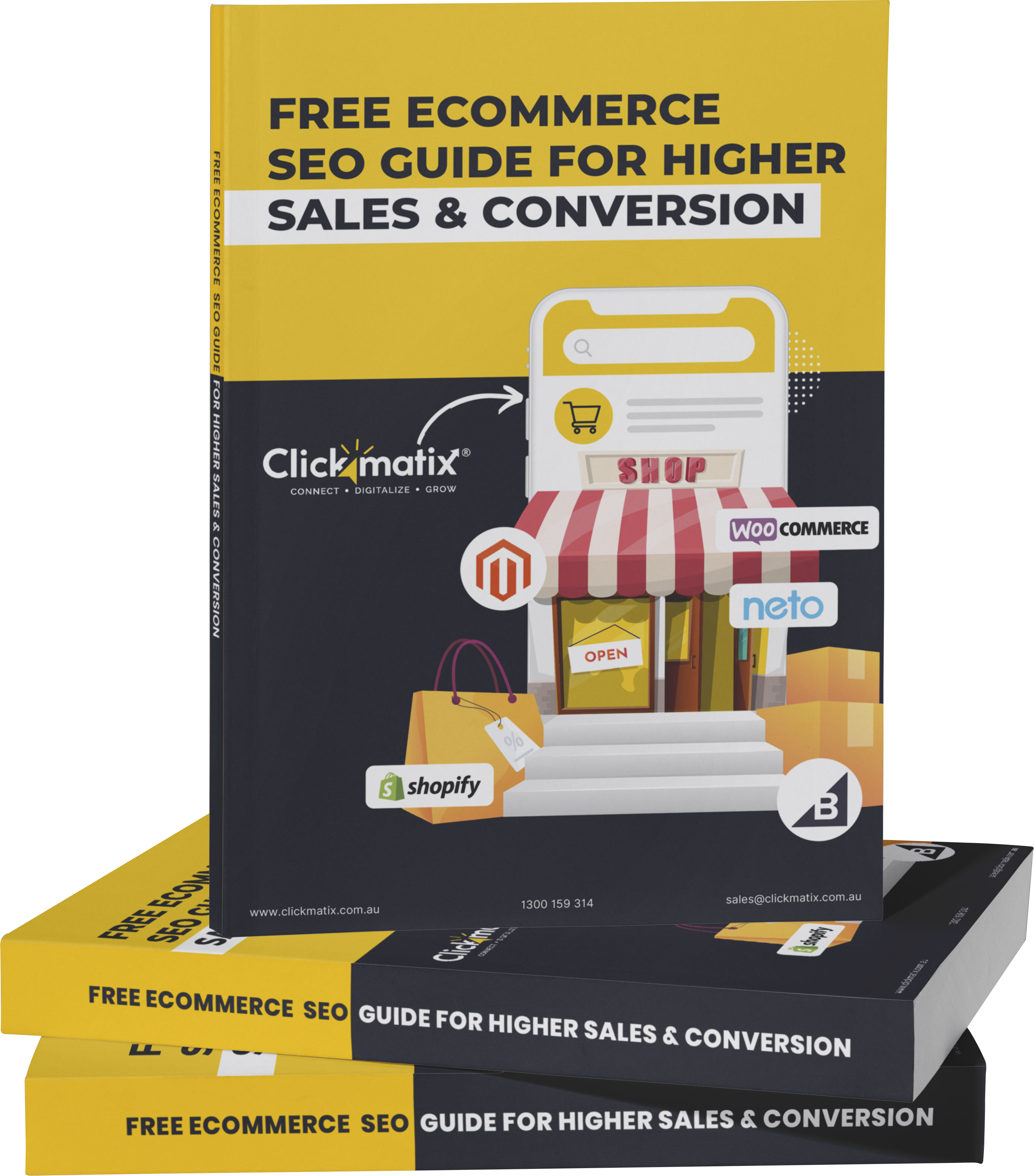
free Ecommerce SEO guide for Higher Sales & Conversion



THE ULTIMATE MARKETING GUIDE FOR LAWYERS



Youtube Ads Guide How to Advertise on Youtube



free Ecommerce SEO guide for Higher Sales & Conversion


It's time to call your business-
a brand!
Australian Owned Agency
Save Time and Money
Unbeatable Value
Where Work Gets Done


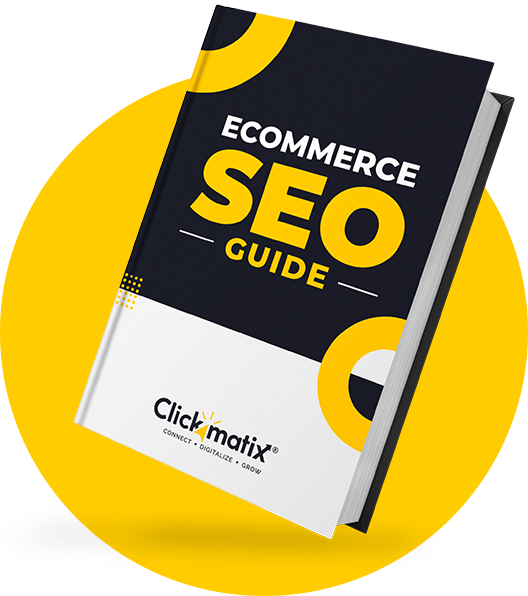
The Game-Changing Ecommerce SEO Guide That Will Blow Your Mind & Sales
With this Ecommerce SEO Guide, you'll be able to:
- Develop a Ecommerce SEO strategy.
- Build a content marketing strategy that aligns with your business goals.
- Convert your website visitors into paying customers.


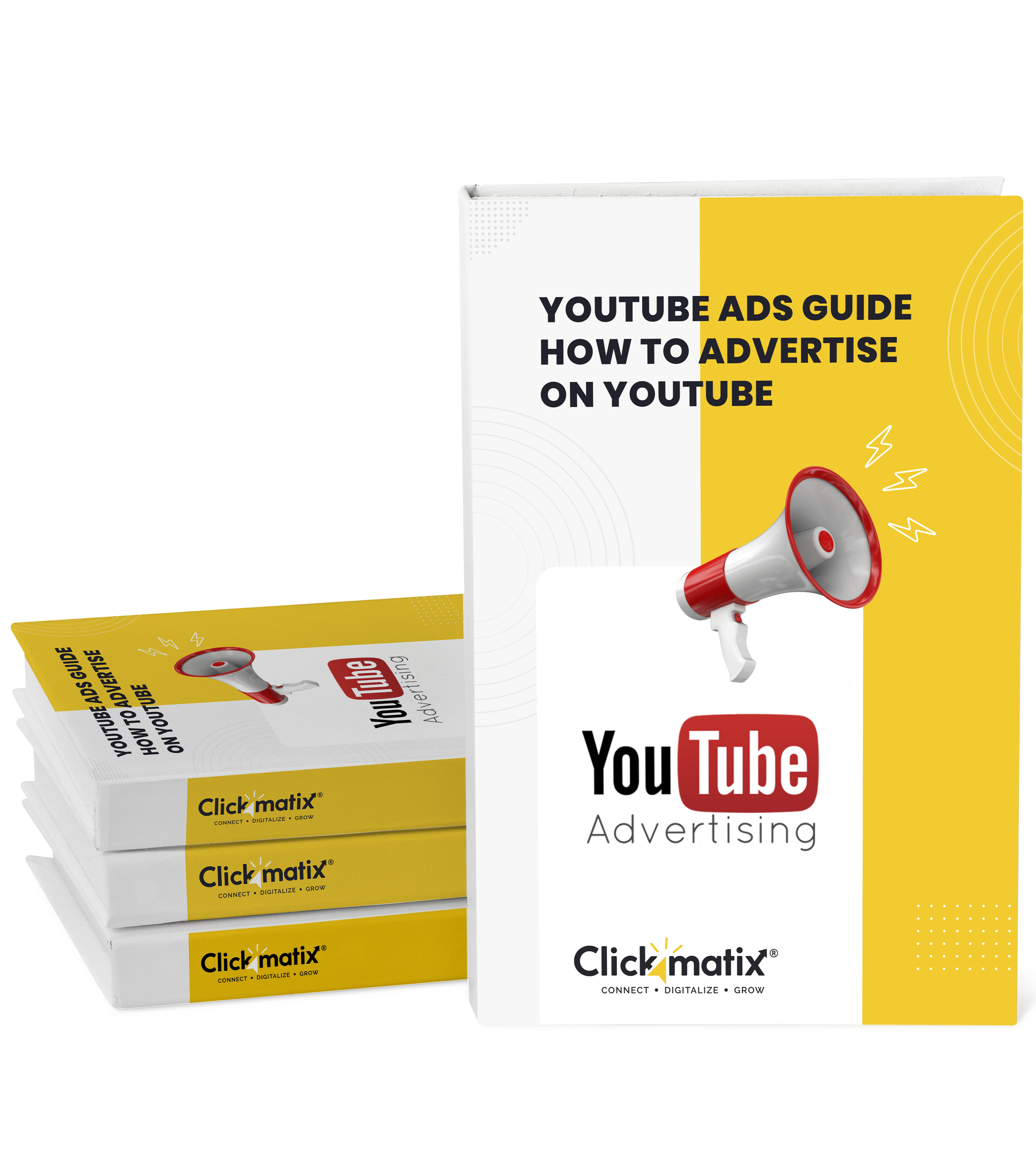
Youtube ads guide how to advertise on youtube
With this Youtube ads Guide, you'll be able to:
- Develop a Youtube ads strategy.
- Build a type of ads of your own that aligns with your business goals.
- Generate revenue from youtube ads.
It's time to call your business-
a brand!
Australian Owned Agency
Save Time and Money
Unbeatable Value
Where Work Gets Done








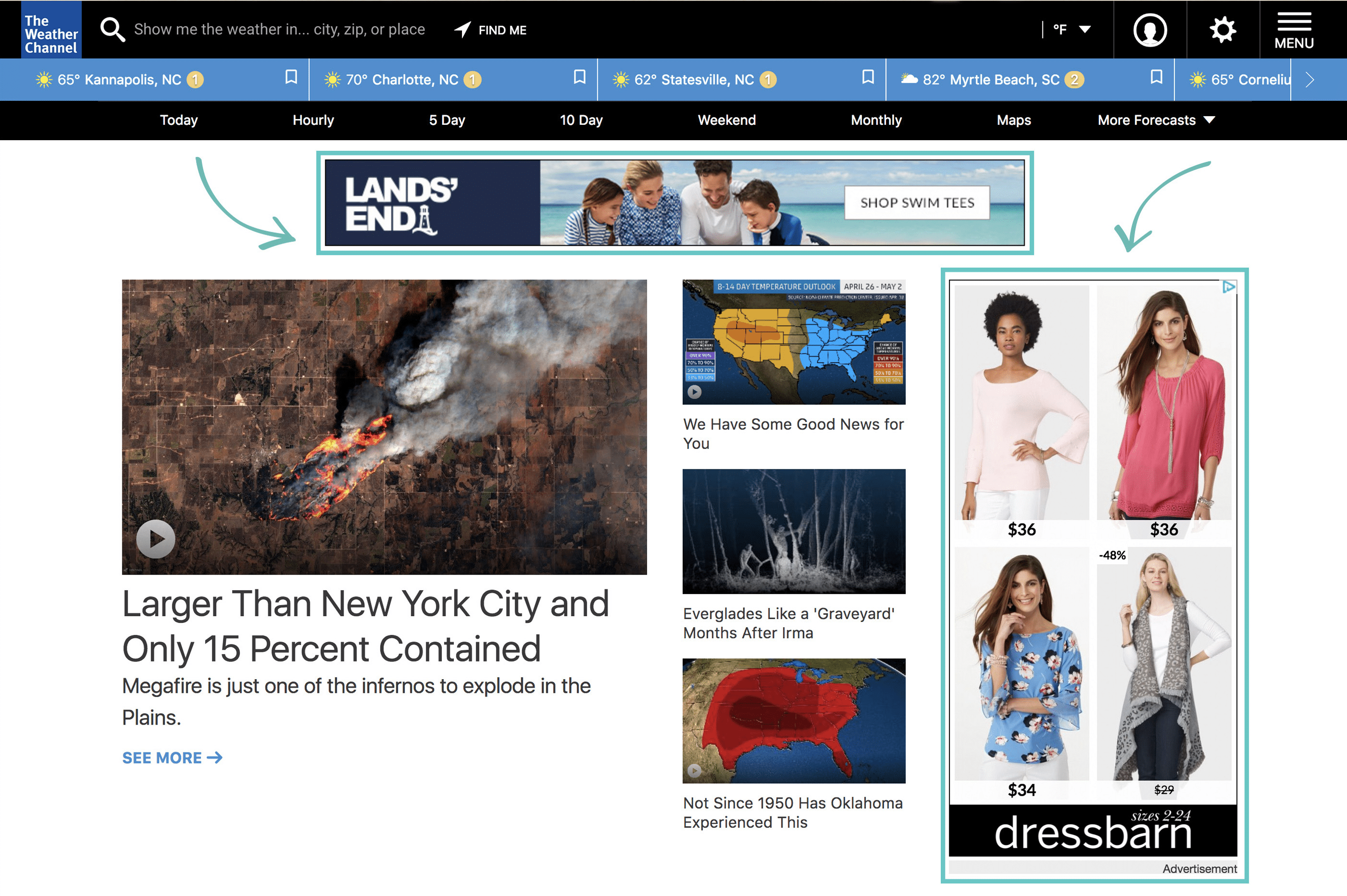
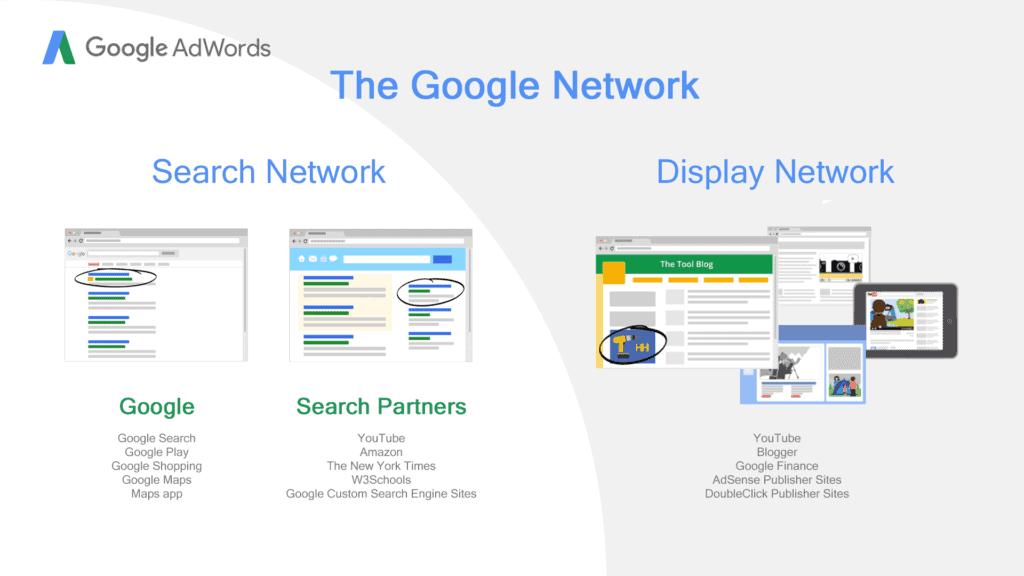
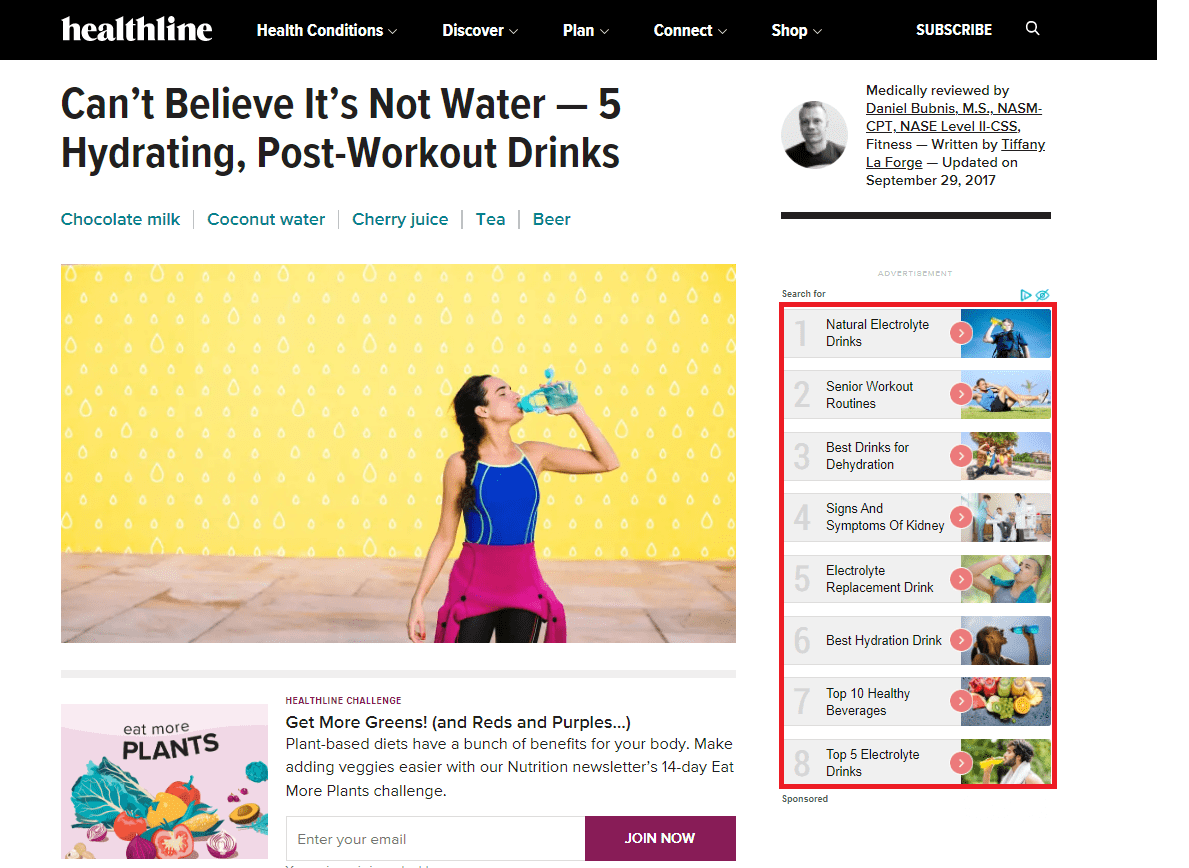
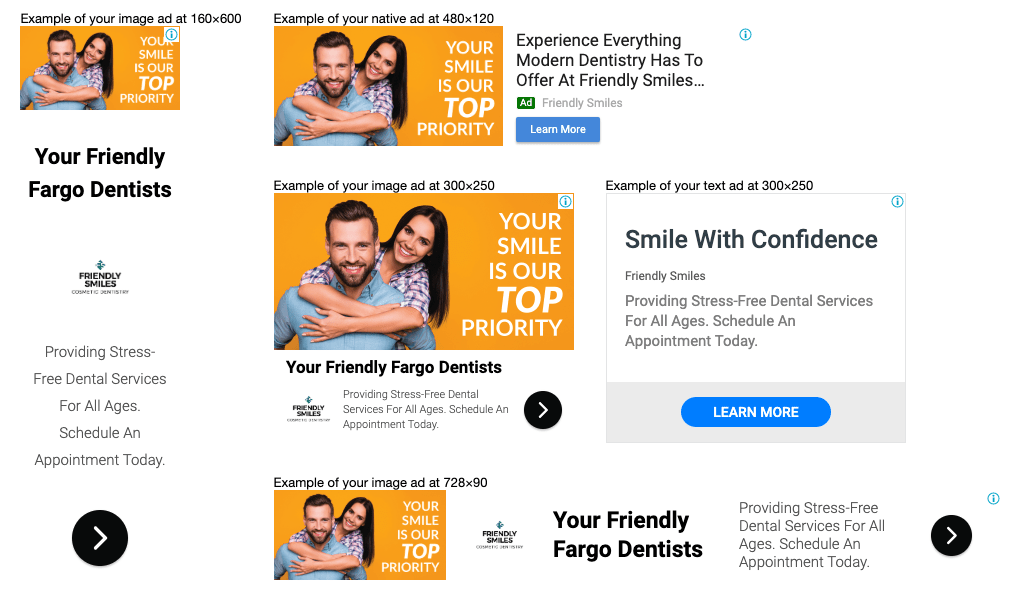
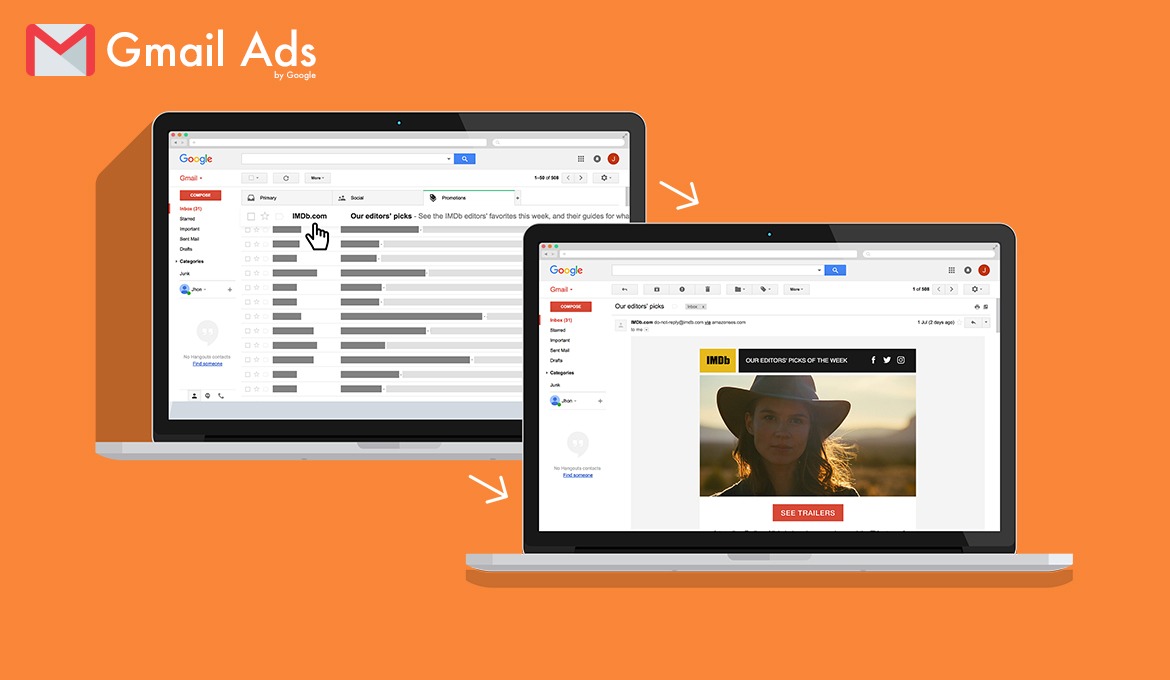
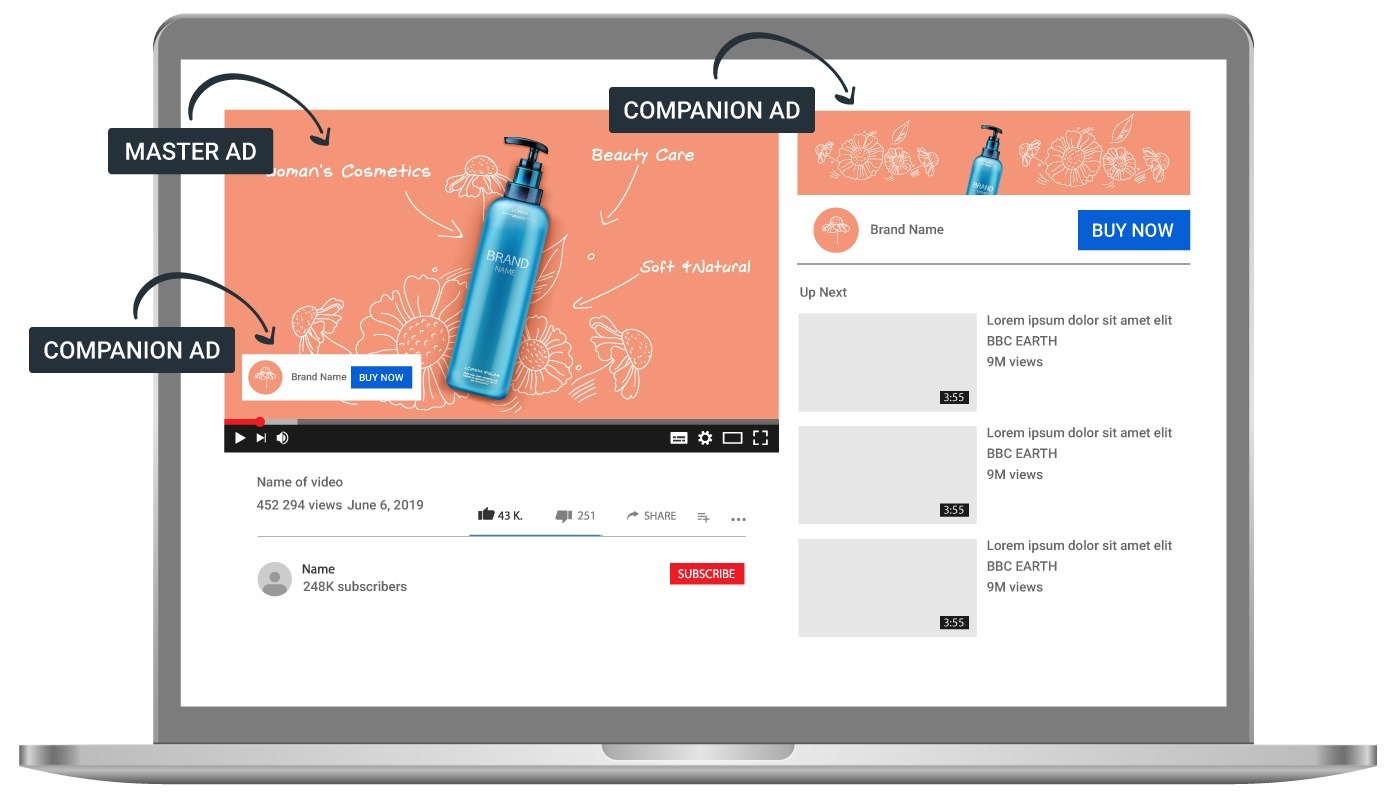
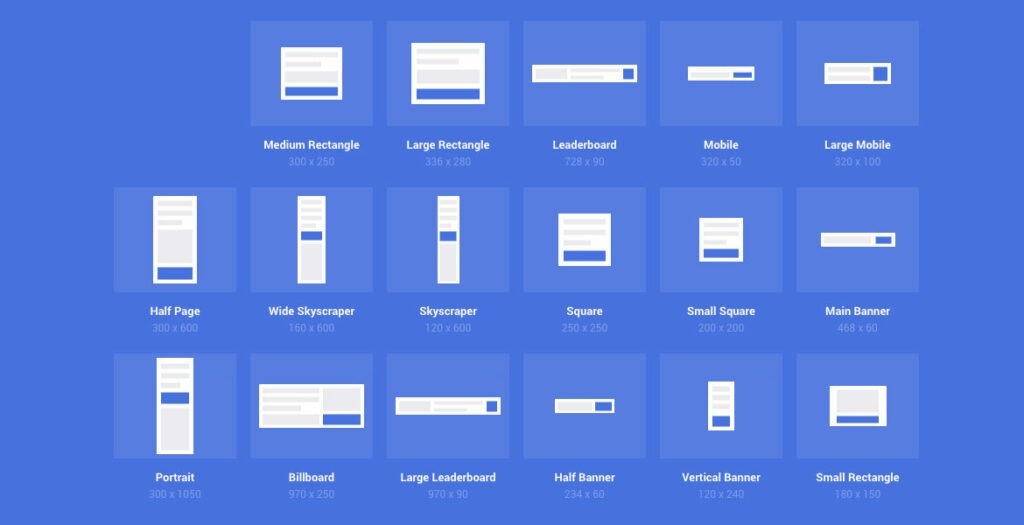
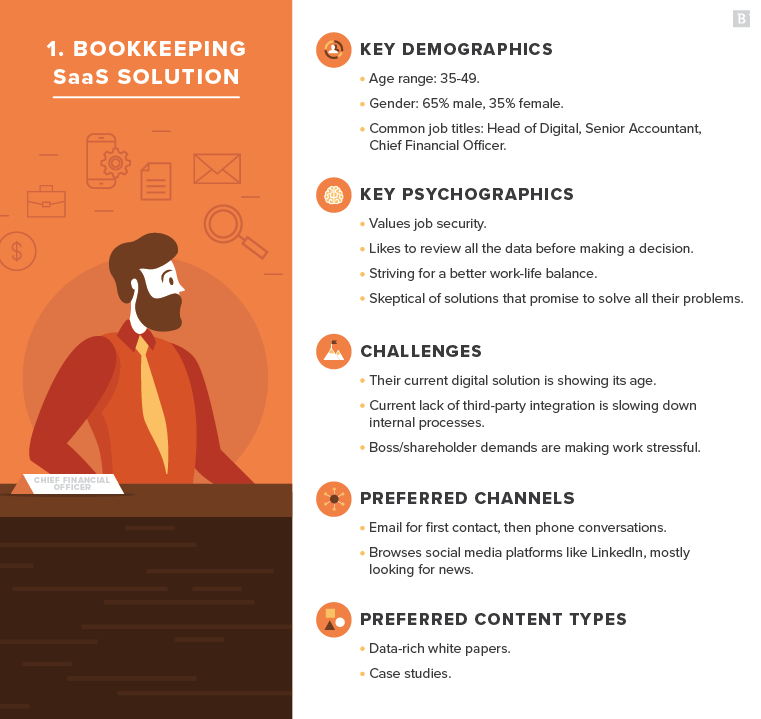
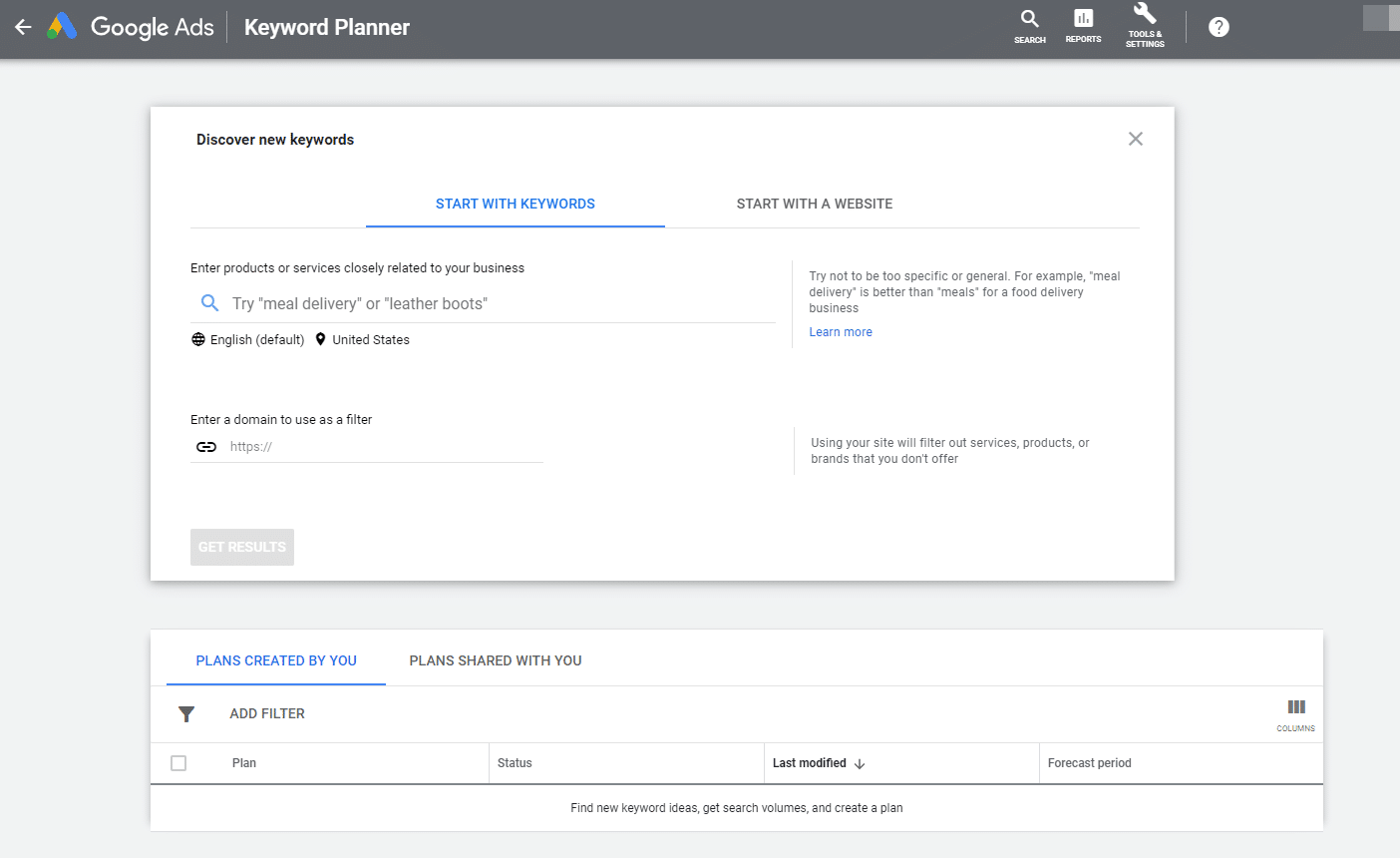
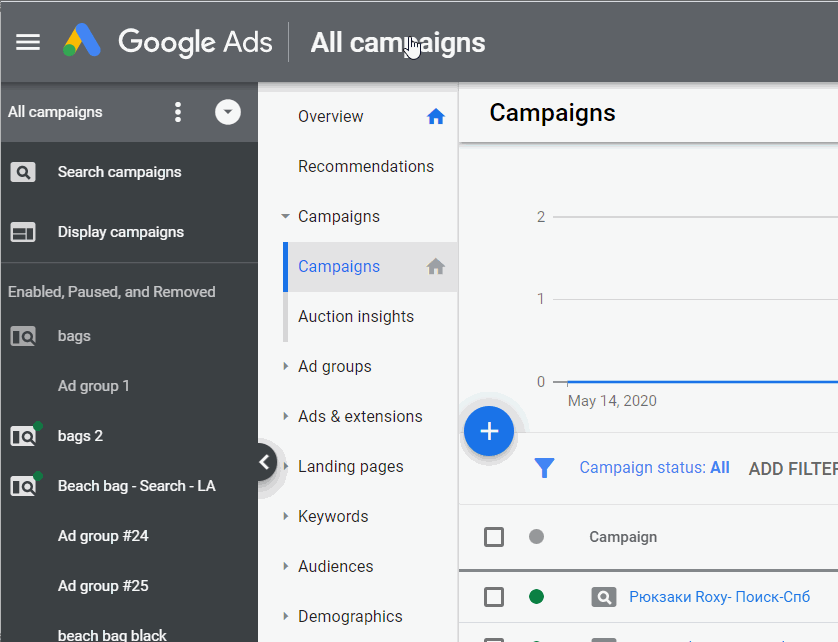
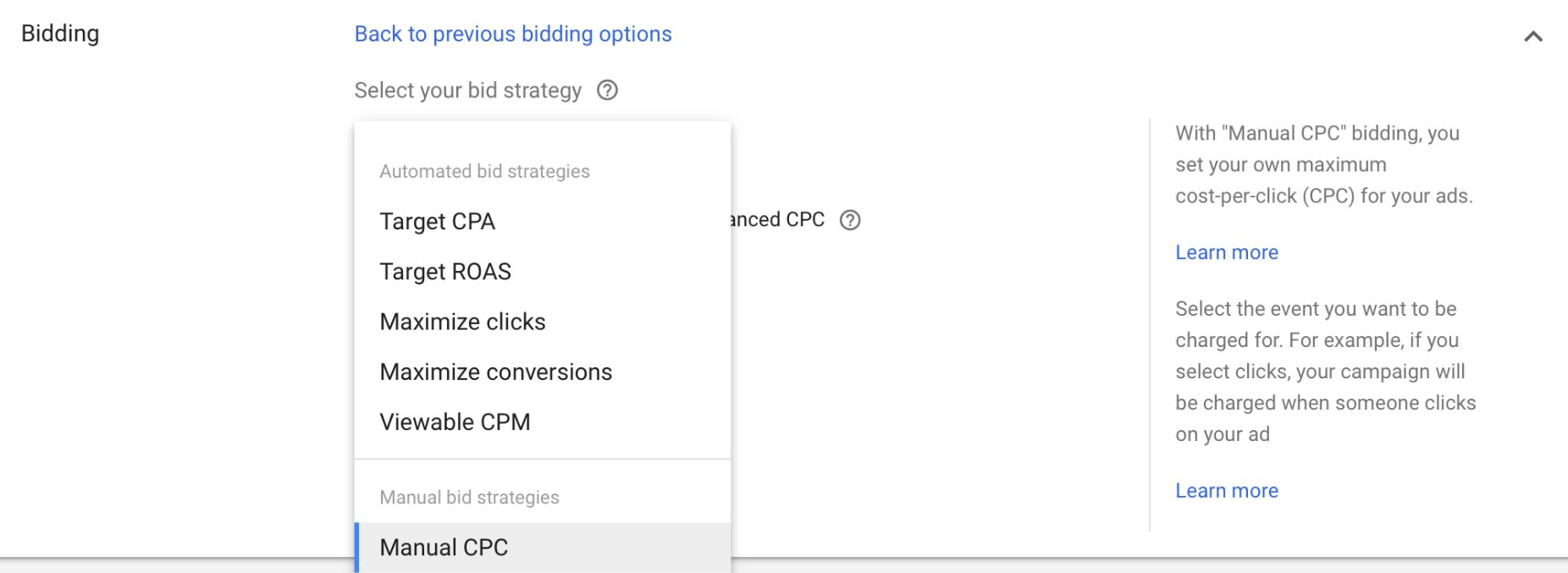
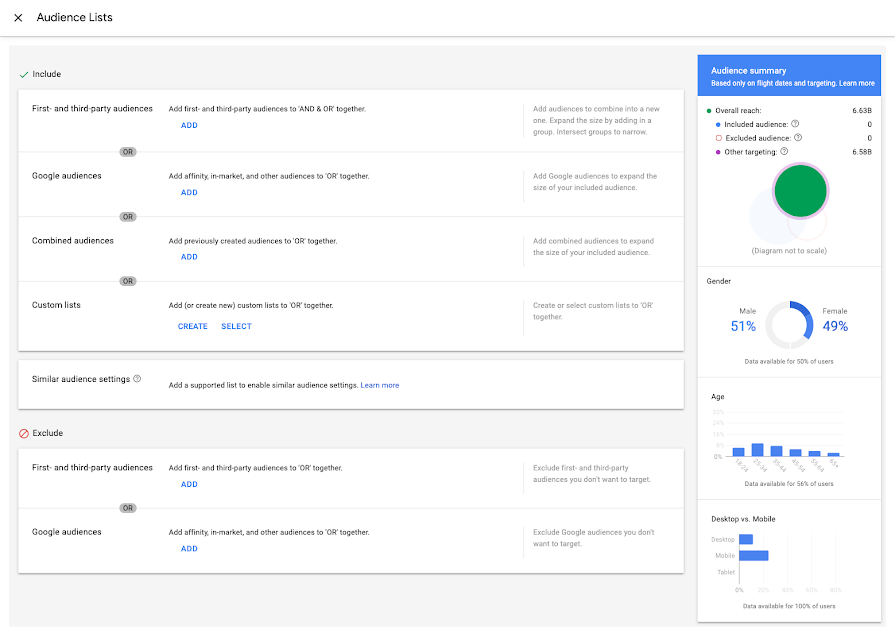
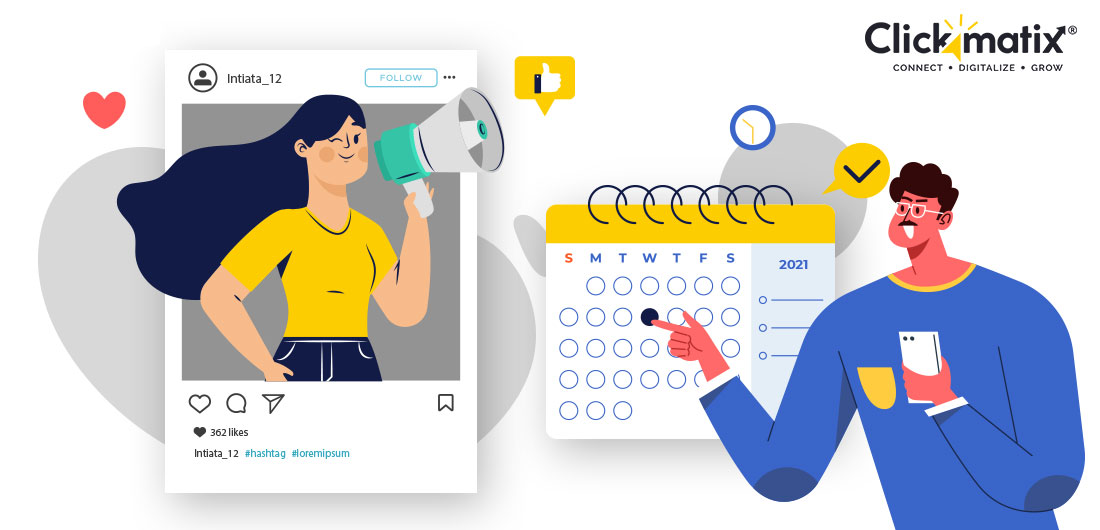
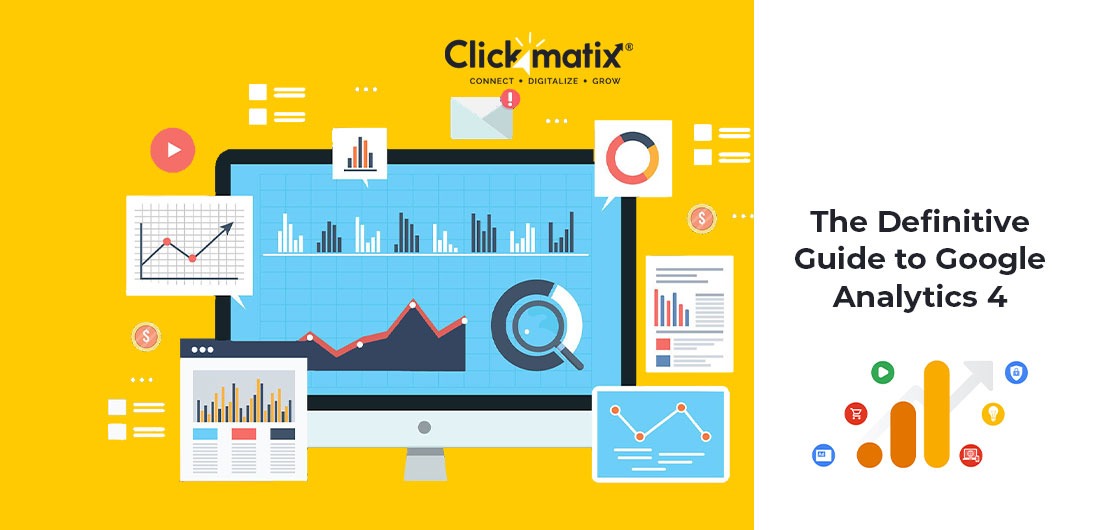



 Australian Owned Agency
Australian Owned Agency Save Time and Money
Save Time and Money Unbeatable Value
Unbeatable Value Where Work Gets Done
Where Work Gets Done